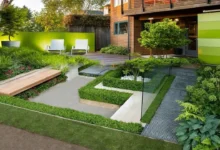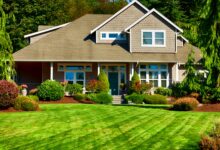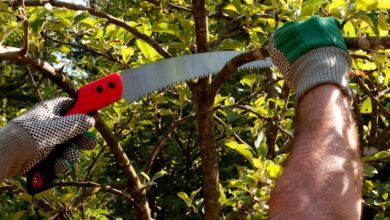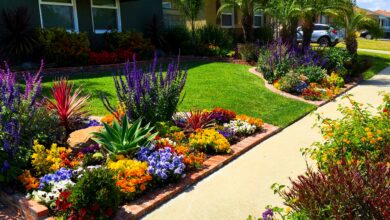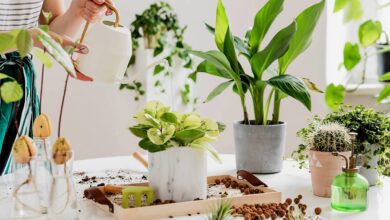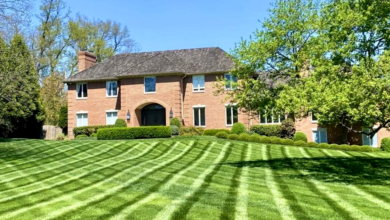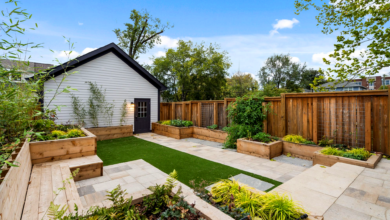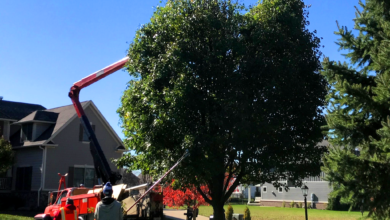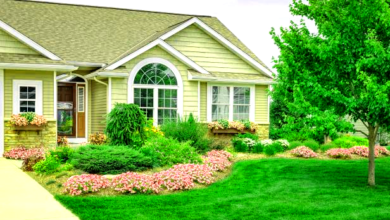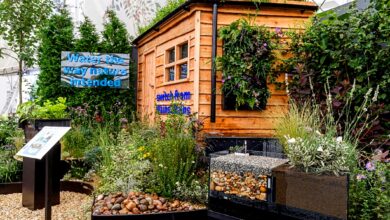Landscaping Ideas That Instantly Boost Curb Appeal
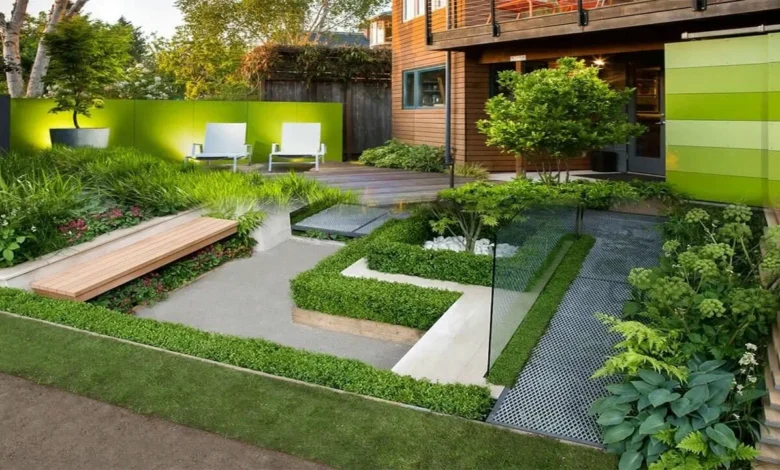
First impressions matter, especially when it comes to your home’s exterior. Curb appeal represents the attractiveness of your property as viewed from the street, and it plays a crucial role in determining your home’s market value and overall aesthetic impact. Whether you’re preparing to sell your home or simply want to create a more welcoming environment, strategic landscaping ideas can transform your property’s appearance virtually overnight.
The power of well-executed front yard landscaping extends far beyond surface-level beauty. Studies consistently show that thoughtful landscaping improvements can increase property values by 5-15%, making these investments both aesthetically and financially rewarding. From low-maintenance landscaping solutions to dramatic design transformations, the right approach can create stunning visual impact without breaking your budget.
Modern homeowners increasingly seek landscaping designs that balance visual appeal with practicality. Today’s most effective curb appeal landscaping strategies emphasize sustainable practices, native plants, and designs that complement your home’s architectural style. Whether you’re working with a sprawling front lawn or a compact urban space, understanding the fundamental principles of effective landscape design will help you create an outdoor environment that captivates visitors and potential buyers alike.
This comprehensive guide explores proven strategies for enhancing your property’s curb appeal through strategic landscaping choices. You’ll discover how to maximize visual impact through thoughtful plant selection, creative use of hardscaping elements, and practical maintenance approaches that ensure your landscape investment continues to pay dividends for years to come.
Understanding the Fundamentals of Curb Appeal Landscaping
Curb appeal landscaping begins with understanding your property’s unique characteristics and potential. The most successful landscaping ideas work in harmony with your home’s architectural style, surrounding environment, and local climate conditions. Before implementing any major changes, assess your current landscape from a visitor’s perspective, identifying areas that need immediate attention and opportunities for dramatic improvement.
Effective landscaping design follows several key principles that professional landscapers consistently apply. Balance creates visual stability by distributing design elements evenly across your landscape. Scale ensures that plants and features are appropriately sized for your space and home. Unity ties different elements together through consistent color schemes, materials, and design themes. These fundamental concepts guide successful front yard landscaping projects regardless of budget or property size.
Property value increases most significantly when landscaping improvements complement rather than compete with your home’s existing features. Foundation plantings serve as the critical connection between your house and the surrounding landscape, creating visual continuity that makes your entire property appear more cohesive and professionally designed. Strategic placement of trees, shrubs, and flowering plants creates layers of interest that draw the eye naturally through your landscape.
The timing of your landscaping projects can significantly impact both cost and success rates. Spring and fall represent optimal planting seasons for most regions, allowing new additions to establish strong root systems before facing summer heat or winter stress. Planning your curb appeal improvements during these seasons also ensures better plant survival rates and more immediate visual impact.
Foundation Plantings: The Cornerstone of Front Yard Design
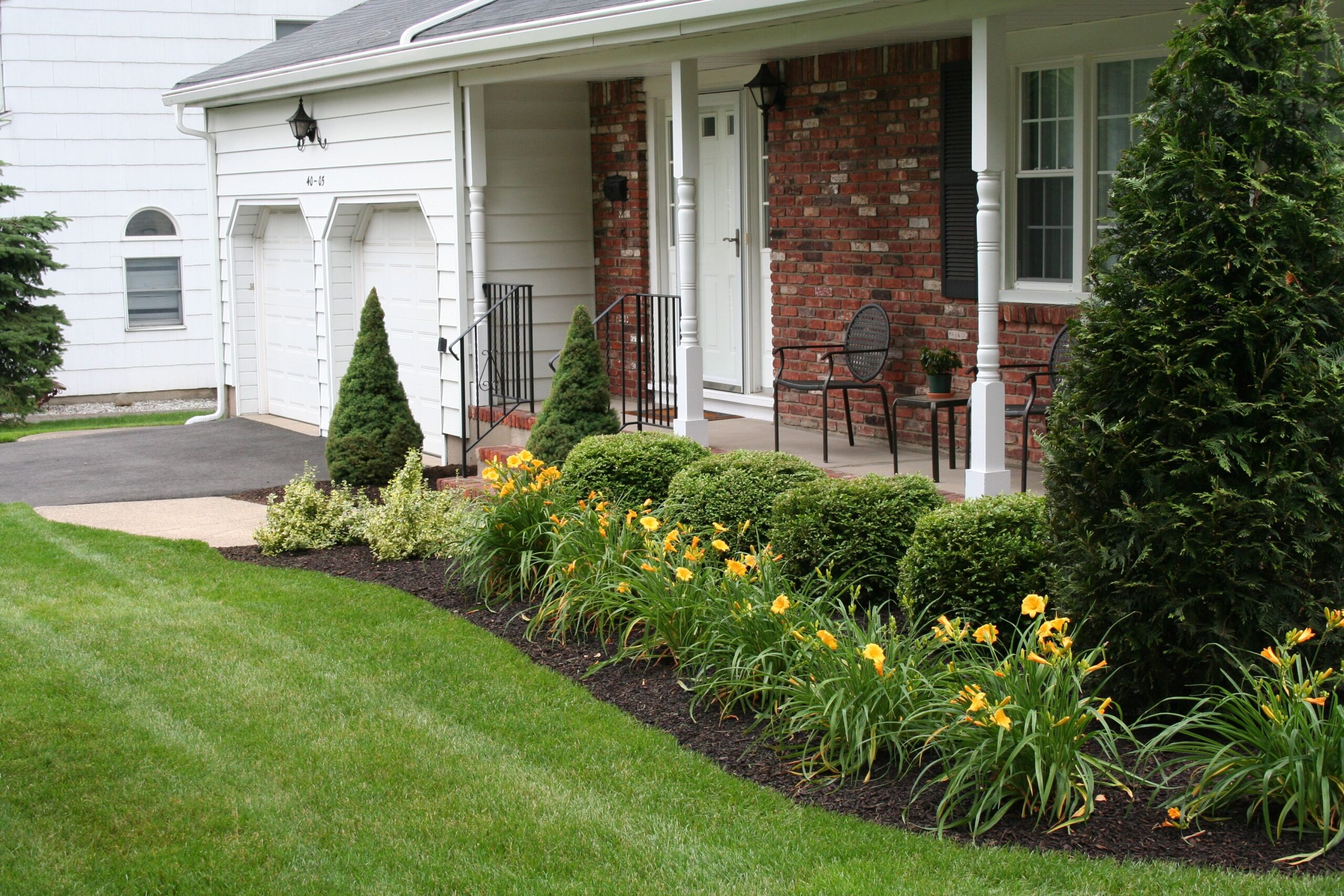
Foundation plantings represent the most critical element in creating compelling curb appeal. These strategically placed plants serve as the visual bridge between your home’s structure and the surrounding landscape, creating a natural transition that makes your property appear more integrated and professionally designed. Successful foundation planting designs typically incorporate a mix of evergreen shrubs, seasonal flowering plants, and varied textures that provide year-round interest.
The selection of appropriate foundation plants depends heavily on your home’s architectural style and regional growing conditions. Evergreen varieties like boxwood, holly, and juniper provide consistent structure throughout the year, while deciduous shrubs such as hydrangeas and azaleas offer spectacular seasonal color displays. Native plants often prove most successful in foundation applications, as they’re naturally adapted to local soil conditions and climate patterns.
Proper spacing and mature size consideration prevent the common mistake of overcrowding foundation beds. Many homeowners underestimate how large their plants will become, leading to expensive replacement projects within a few years. Research the mature dimensions of each plant variety and space them accordingly, using mulch or seasonal annuals to fill gaps during the establishment period.
Low-maintenance landscaping approaches to foundation planting emphasize slow-growing, disease-resistant varieties that maintain attractive appearances with minimal intervention. Dwarf cultivars of popular shrubs often provide the perfect scale for modern homes while reducing long-term maintenance requirements. These strategic choices ensure your foundation landscaping continues to enhance your property value without becoming a maintenance burden.
Creating Visual Impact with Strategic Plant Selection
Thoughtful plant selection forms the backbone of any successful landscaping design project. The most effective curb appeal landscaping strategies utilize a carefully curated palette of plants that provide visual interest throughout multiple seasons while remaining manageable from a maintenance perspective. Understanding how different plant characteristics contribute to overall landscape impact helps homeowners make informed decisions about their front yard landscaping investments.
Color coordination plays a crucial role in creating cohesive landscape designs that enhance rather than compete with your home’s exterior features. Warm colors like reds, oranges, and yellows create energetic, welcoming atmospheres, while cool blues, purples, and whites provide calming, sophisticated effects. Successful landscaping ideas often employ a limited color palette that complements your home’s exterior color scheme and architectural elements.
Texture variation adds depth and interest to landscape designs even when color options are limited. Combining plants with different leaf sizes, shapes, and surface characteristics creates visual complexity that keeps landscapes engaging throughout the growing season. Ornamental grasses, broad-leafed hostas, and fine-textured evergreens each contribute unique textural elements that enhance overall landscape composition.
Seasonal interest ensures your landscape maintains visual appeal throughout the year. Spring-flowering bulbs provide early color, summer perennials offer extended blooming periods, fall foliage creates dramatic color displays, and winter interest plants with attractive bark or persistent fruit maintain landscape appeal during dormant months. Strategic tree planting provides structural elements that serve as focal points while contributing to long-term property value increases.
Hardscaping Elements That Enhance Landscape Appeal
Hardscaping elements provide permanent structure and functionality that complement your plant selections while reducing long-term maintenance requirements. Well-designed hardscape features create visual anchor points that organize landscape spaces and provide year-round appeal regardless of seasonal plant changes. From practical walkways to decorative retaining walls, these permanent installations often provide the greatest return on investment for curb appeal improvements.
Pathway design significantly impacts both the functionality and aesthetic appeal of your front yard landscaping. Materials like natural stone, brick pavers, or decorative concrete create defined routes that guide visitors naturally toward your home’s entrance. Curved pathways feel more natural and interesting than straight lines, while adequate lighting ensures safe navigation and extends the landscape’s visual appeal into evening hours.
Retaining walls serve both practical and aesthetic functions in many landscape designs. Beyond their primary purpose of managing grade changes and preventing erosion, well-constructed retaining walls create opportunities for elevated planting beds that add vertical interest to flat landscapes. Material choices should complement your home’s exterior materials and existing hardscape elements for maximum visual cohesion.
Water features ranging from simple fountains to elaborate pond systems can create stunning focal points that dramatically enhance curb appeal. However, these installations require careful planning to ensure proper functionality and reasonable maintenance requirements. Low-maintenance landscaping approaches often favor simple, self-contained water features over complex systems requiring specialized knowledge for ongoing care.
Low-Maintenance Landscaping Solutions for Busy Homeowners
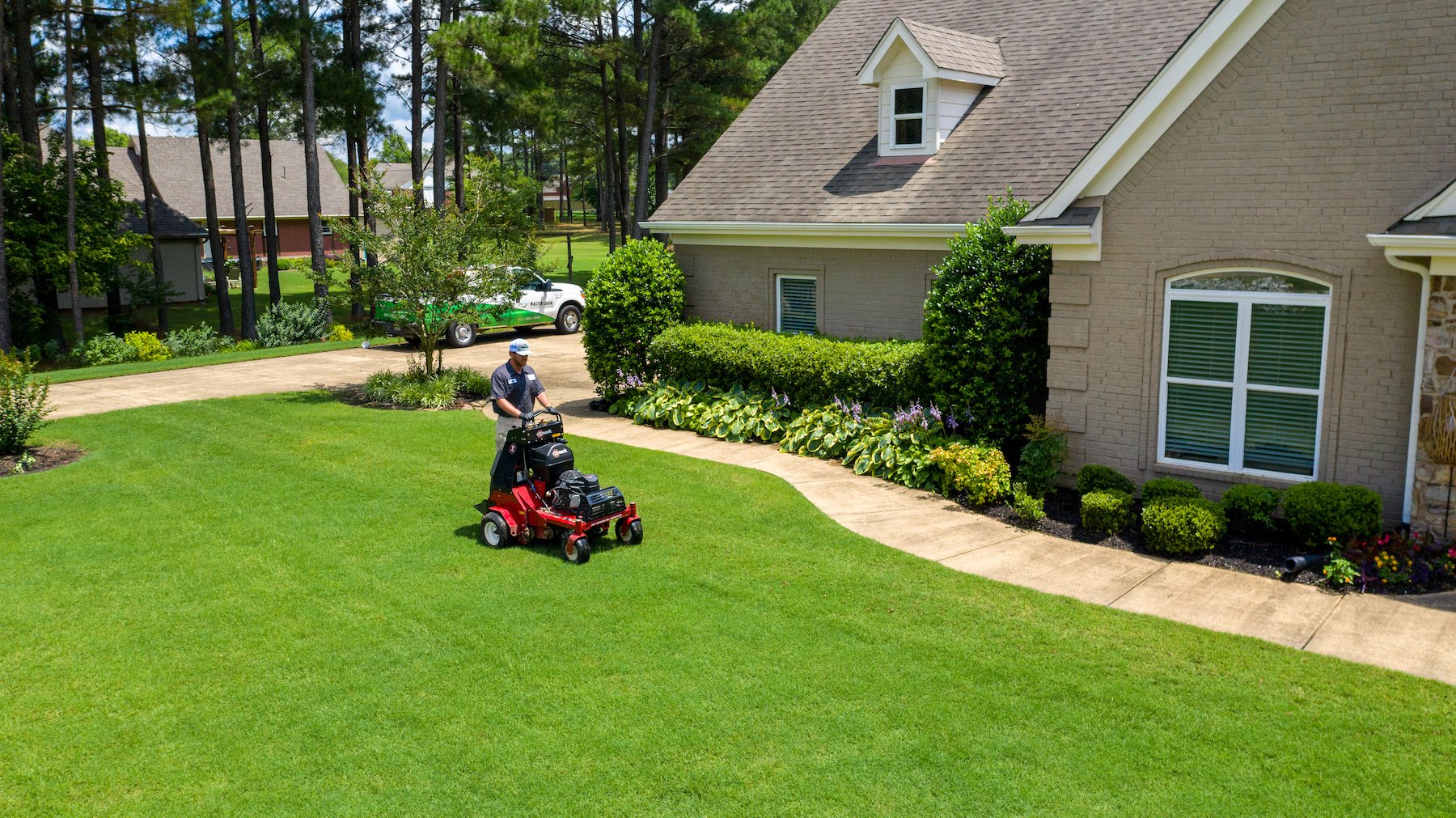
Modern homeowners increasingly prioritize low-maintenance landscaping solutions that provide maximum visual impact with minimal ongoing care requirements. These strategic approaches to landscape design emphasize plant selections and design techniques that naturally resist common problems while maintaining attractive appearances throughout multiple growing seasons. Understanding the principles of low-maintenance design helps busy homeowners create beautiful landscapes without overwhelming time commitments.
Drought-tolerant plants represent one of the most effective strategies for reducing landscape maintenance while creating resilient, attractive displays. Native plants and adapted species typically require less frequent watering, fertilizing, and pest control than exotic varieties. These selections also tend to integrate more naturally with local ecosystems, supporting beneficial wildlife while reducing the need for chemical interventions.
Mulching strategies provide multiple benefits that significantly reduce landscape maintenance requirements. Proper mulch application suppresses weeds, retains soil moisture, moderates soil temperatures, and gradually improves soil quality as organic mulches decompose. Inorganic mulch options like decorative stone or rubber mulch provide long-lasting coverage with minimal replacement needs, though they don’t offer the soil improvement benefits of organic alternatives.
Automated irrigation systems eliminate the guesswork and time commitment associated with proper landscape watering. Modern systems can be programmed to deliver precise amounts of water at optimal times, reducing both water waste and plant stress. Smart controllers that adjust watering schedules based on weather conditions and soil moisture levels provide additional efficiency and plant health benefits while further reducing homeowner involvement.
Maximizing Small Spaces: Compact Landscape Design Strategies
Small front yards present unique opportunities to create dramatic curb appeal improvements through concentrated design efforts. Limited space encourages more thoughtful plant selection and creative use of vertical elements that can actually produce more striking results than sprawling landscape designs. Understanding how to maximize visual impact within constrained spaces helps homeowners with modest properties create landscapes that rival much larger installations.
Vertical gardening techniques allow small spaces to support surprising amounts of plant material while creating visually interesting multi-level displays. Climbing plants trained on trellises or fence structures provide seasonal color and texture without consuming valuable ground space. Tiered planting beds create the illusion of greater depth while accommodating more plant varieties within limited square footage.
Container gardening offers flexibility and seasonal adaptability that traditional in-ground plantings cannot match. Large containers can support substantial plants, including small trees or large shrubs, while smaller pots allow for frequent seasonal displays that keep landscapes looking fresh and current. Container arrangements can be rearranged seasonally or as plants mature, providing ongoing opportunities to refine and improve your landscape design.
Focal point creation becomes even more critical in small spaces where every element contributes significantly to the overall impact. A single spectacular plant, sculptural element, or water feature can serve as the organizing principle around which all other design decisions revolve. These dramatic elements draw attention away from space limitations while creating memorable impressions that enhance overall property value.
Seasonal Color Strategies for Year-Round Appeal
Maintaining attractive curb appeal throughout all seasons requires strategic planning and plant selection that ensures visual interest at every time of year. Seasonal landscaping approaches recognize that different plants contribute their peak appeal at different times, allowing thoughtful designers to create landscapes that offer continuously changing but consistently attractive displays from spring through winter.
Spring landscaping capitalizes on the renewal energy of the growing season through early-flowering bulbs and fresh foliage emergence. Daffodils, tulips, and crocus provide early color that signals winter’s end, while flowering trees like dogwood and cherry create spectacular but brief displays that mark spring’s arrival. Spring cleanup activities, including pruning, mulch refreshing, and bed preparation, set the stage for the entire growing season’s success.
Summer color schemes must balance vibrant displays with plants’ ability to withstand heat and potential drought stress. Heat-tolerant annuals like marigolds, zinnias, and impatiens provide consistent color throughout the hottest months, while perennial flowers offer reliable yearly returns with less annual replanting effort. Summer maintenance focuses on deadheading spent blooms, maintaining adequate moisture levels, and managing rapid growth periods.
Fall landscape design takes advantage of changing foliage colors and late-season flowering plants that provide dramatic displays just when many gardens begin to fade. Ornamental grasses reach their peak attractiveness during autumn months, while plants like asters and chrysanthemums provide rich colors that complement changing tree foliage. Winter preparation activities ensure plant survival and maintain landscape structure during dormant months.
Budget-Friendly Curb Appeal Improvements
Creating impressive curb appeal improvements doesn’t require massive financial investments. Many of the most effective landscaping ideas can be implemented on modest budgets through strategic prioritization, DIY installation techniques, and creative use of inexpensive materials. Understanding which improvements provide the greatest visual impact for the least investment helps homeowners maximize their landscape budgets.
DIY landscaping projects allow homeowners to invest their labor instead of cash while learning valuable skills and developing deeper connections to their landscapes. Simple projects like mulch application, basic plant installation, and garden bed preparation can be accomplished with basic tools and minimal experience. Online resources and local extension services guide homeowners undertaking their first landscaping projects.
Plant propagation techniques like dividing perennials, collecting seeds, and rooting cuttings can dramatically reduce plant costs while ensuring perfect adaptation to local growing conditions. Many mature landscapes contain plants that can be divided to create new installations, while friends and neighbors often welcome opportunities to share successful varieties. Plant swaps and community exchanges provide access to diverse plant materials at minimal cost.
Phased improvement strategies spread costs over time while allowing homeowners to learn from each project phase before tackling more complex installations. Starting with high-impact, low-cost improvements like mulching and pruning provides immediate visual benefits while generating enthusiasm for larger future projects. This approach also allows budgets to recover between phases while ensuring each improvement builds logically on previous work.
Professional vs. DIY: When to Call the Experts
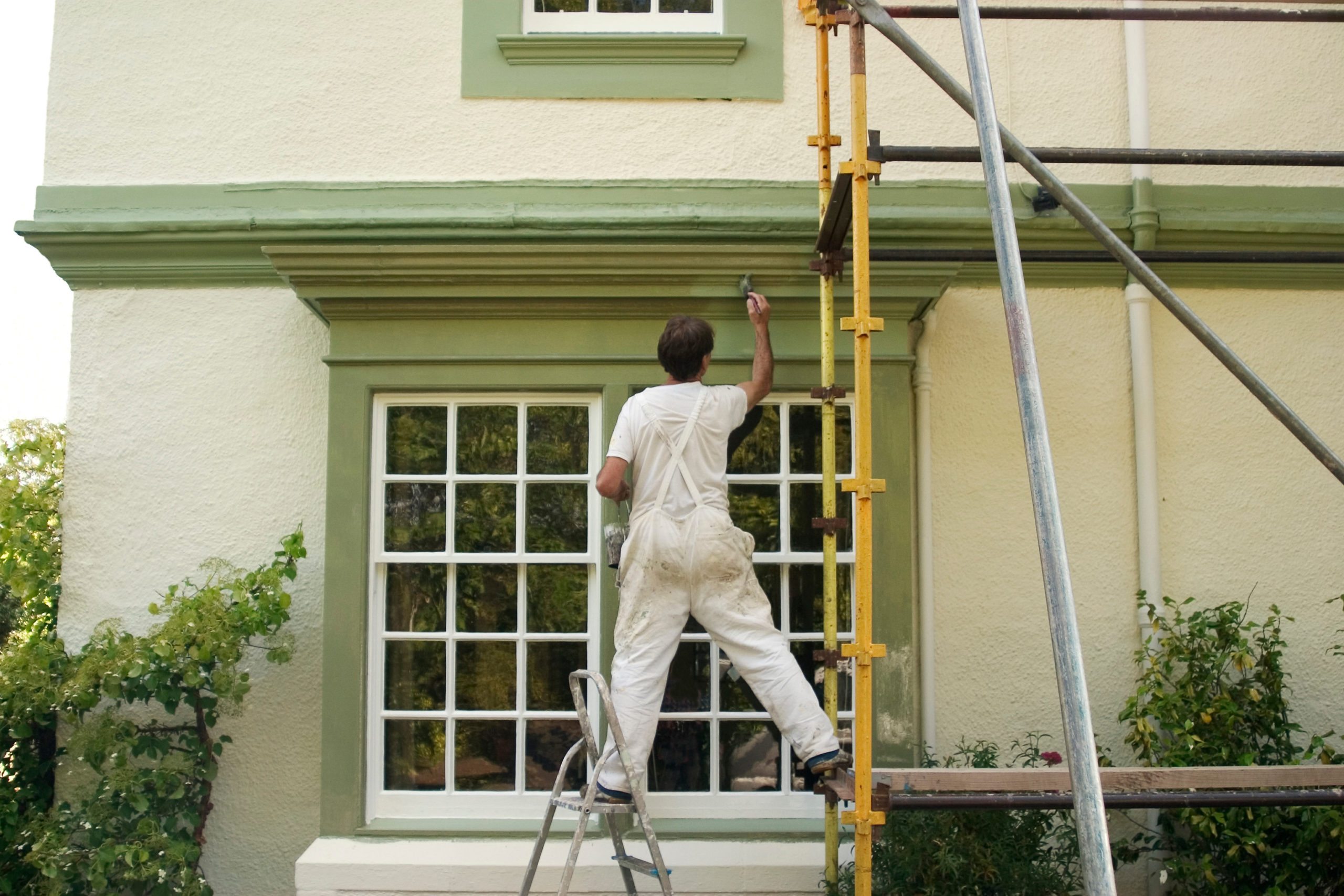
Determining which landscaping projects require professional expertise versus those suitable for DIY approaches helps homeowners make informed decisions about their curb appeal investments. While many basic landscaping ideas can be successfully implemented by motivated homeowners, certain projects benefit significantly from professional knowledge, specialized equipment, and installation experience that ensure optimal results and long-term success.
Professional landscaping services provide the greatest value for complex projects involving hardscaping installations, major tree planting, irrigation system installation, and comprehensive landscape design development. These specialists possess specialized knowledge about local growing conditions, proper installation techniques, and design principles that can prevent costly mistakes while ensuring professional-quality results that maximize property value returns.
DIY-friendly projects include most basic planting activities, mulch application, simple garden bed preparation, and routine maintenance tasks like pruning and weeding. Homeowners with basic tool skills can successfully tackle container gardening, annual installation, and simple pathway construction using readily available materials and standard hand tools.
Hybrid approaches combine professional design services with homeowner installation efforts, providing expert guidance while reducing project costs. Many landscape designers offer consultation services that include detailed planting plans and material specifications that homeowners can implement independently. This approach ensures professional-quality design decisions while allowing homeowners to contribute their labor and develop landscaping skills.
Maintenance Strategies for Long-Term Success
Sustainable curb appeal requires ongoing maintenance strategies that preserve your landscape investment while preventing small problems from developing into expensive replacements. Effective landscape maintenance programs emphasize preventive care that maintains plant health and appearance while identifying potential issues before they compromise overall landscape quality.
Seasonal maintenance schedules organize necessary tasks throughout the year, ensuring critical activities occur at optimal times for plant health and landscape appearance. Spring maintenance includes cleanup, pruning, fertilizing, and mulch refreshing. Summer care focuses on watering, deadheading, and pest monitoring. Fall preparation involves leaf removal, final fertilizing, and winter protection installation where needed.
Plant health monitoring catches problems early when treatment options are most effective and least expensive. Regular inspection for signs of disease, pest damage, or environmental stress allows for prompt intervention that prevents minor issues from becoming major problems. Understanding common problems affecting your specific plant selections enables more focused monitoring and faster response times.
Equipment maintenance ensures your landscape care tools remain effective and safe throughout their service life. Sharp, clean tools make cleaner cuts that heal faster and reduce disease transmission risks. Properly maintained equipment also makes maintenance tasks easier and more efficient, encouraging consistent care that maintains landscape quality over time.
More Read: Best Landscaping Ideas to Boost Your Home’s Curb Appeal
Conclusion
Creating stunning curb appeal through strategic landscaping ideas represents one of the most rewarding investments homeowners can make in their properties. From thoughtful foundation plantings that provide year-round structure to seasonal color displays that create memorable first impressions, well-planned landscapes enhance both daily living enjoyment and long-term property values.
Whether implementing low-maintenance landscaping solutions or creating dramatic focal points through hardscaping elements, the key lies in developing cohesive designs that complement your home’s architectural character while reflecting your personal style preferences.
By combining proven design principles with practical maintenance strategies, homeowners can create landscapes that provide lasting beauty and value for years to come, transforming their properties into neighborhood showcases that welcome visitors and enhance community appeal.
